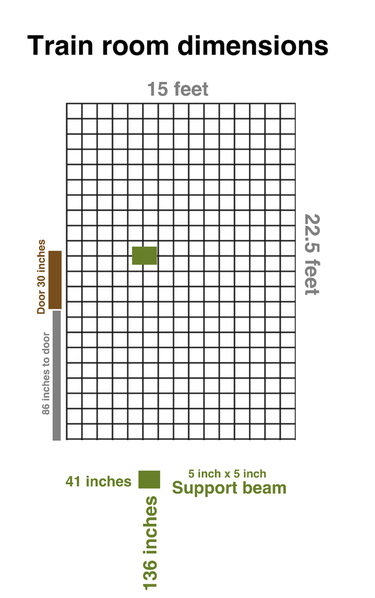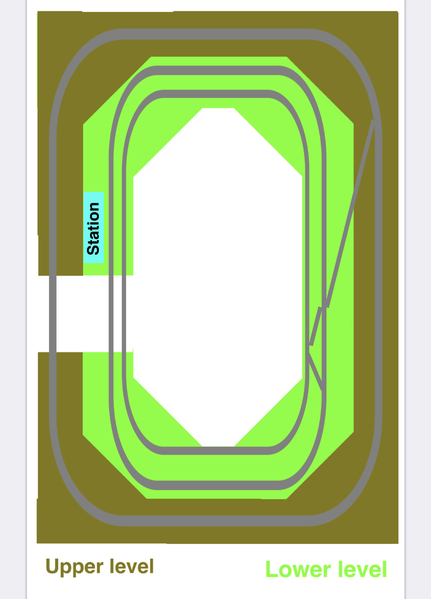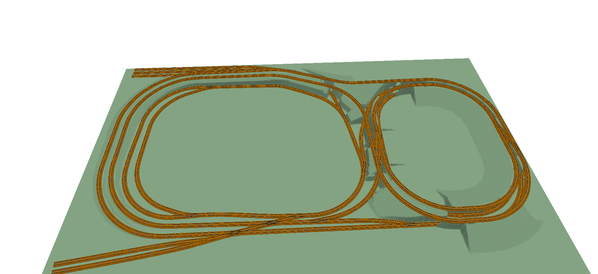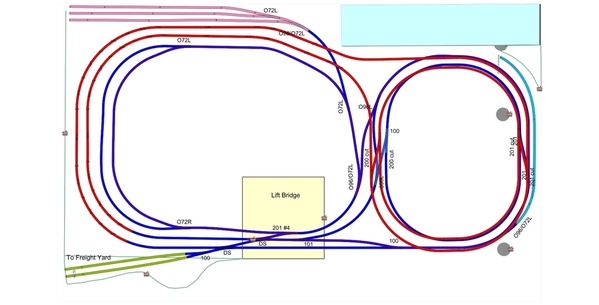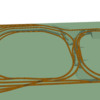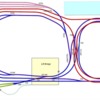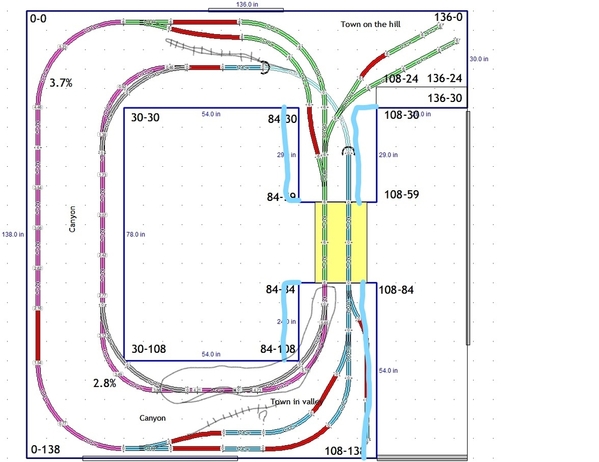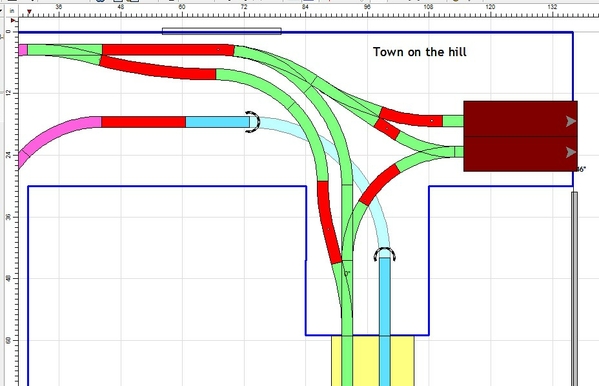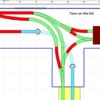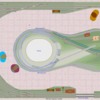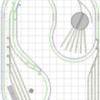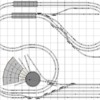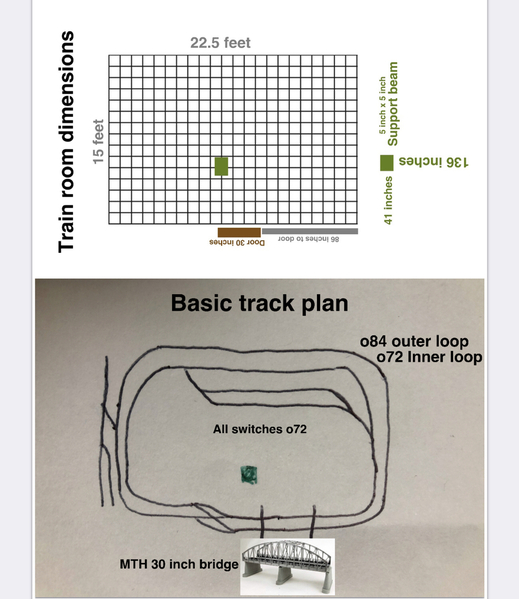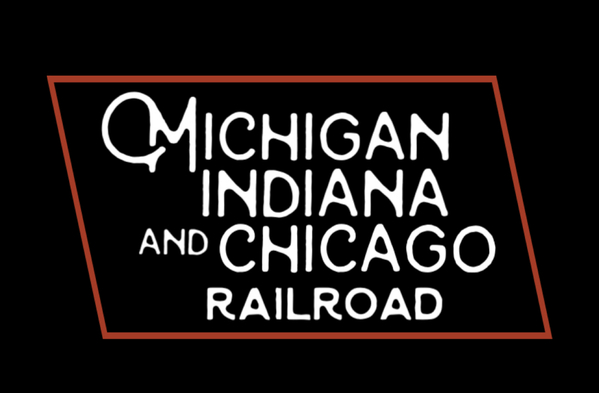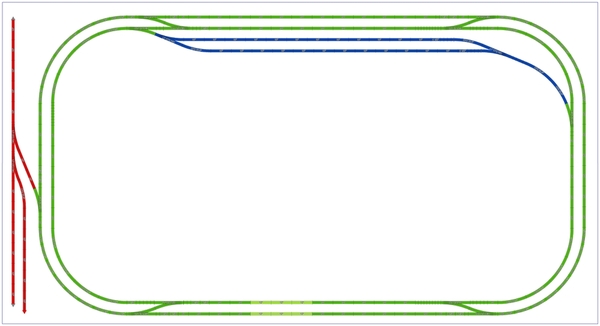Bell Captain,
To answer some of your specific questions:
I did not decide on my layout, until putting a masking tape outline of my proposed table top on the concrete floor of my basement, hooking together all of the track of my proposed layout on the floor inside the tape boundaries, running a few power lines to the tracks, and running my locomotives with cars on it, on and off for about 4 weeks. Don't worry about wiring the switches, just turn them by hand. Don't worry about building raised levels, this is just a prototype test track.
You are then going from the theory of the drawing board to the practical issues of construction.
Sounds like a silly process, but it is not. Problems with the initial layout will quickly reveal themselves. Tight turns, short pieces that need to be custom cut, overhang areas, curves and sections that should fit on paper but don't quite fit in real life, boring curves, boring long runs, delays or problems in changing from outside loops to inside loops with the proposed switch locations, etc.
And then you start eliminating these problems one by one, on the floor, by adding extra switches, altering curves, altering long straight runs, cutting a few custom pieces, etc. Then you test again.
More problems will be seen. Alter again however you like to fix them.
After you do this about 3 times, you will be confident in the layout you are proposing. Your trains will run fine. You will gain lots of new insight.
Then, unhook i(disassemble) the track in large track runs, leaving 3 or 4 tracks sections hooked together when you do it, and reassemble the whole thing on the table top. Oops, your table may be 2 inches too short or long here and there. No problem, alter the layout a bit or add to the table a bit. Reassemble the entire thing on the table top and just lightly tack it down.
Now, hook up the wiring and run the trains again.
Oops, an uneven place on the table top. Oops, coming around this sharp turn too fast will throw a fast PostWar engine over the edge. No problem, make final adjustments.
Now, in my mind, you are ready to actually put down the layout on the board. Use a pencil to outline the outer edges of the track, pull up your tacked down track, and start building your ramps etc.
For me, this designing and building a layout.
I honestly think that you are way overthinking the layout design, because you feel that once you choose a design, you MUST assemble THAT design and screw it down on the table top, and then you are stuck with it. The great thing about the O gauge hobby is that you are not stuck with it. Constantly re-thinking, adjusting, adding and subtracting are part of the process.
So, just get started! You will feel better about it.
Hope this helps.
Mannyrock




